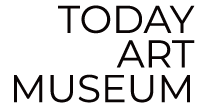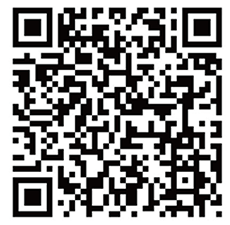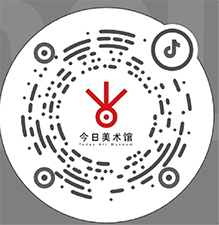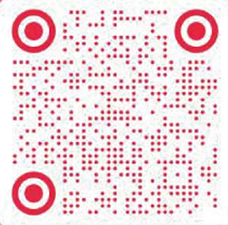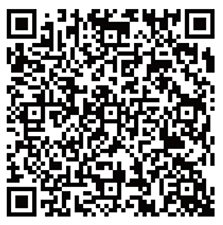Duration: 2012.08.02 -- 2012.08.09
Location: 3rd floor exhibition hall of Building No.1, Today Art MuseumPingod community, No.32 Baiziwan Road, Chaoyang District, Beijing
earing one stroke painting theory in mind, paint following the heart
——observations on Liu Yonggang’s calligraphic oil painting
Dr Liu Xiaochun
Liu Yonggang called his abstract oil paintings created in recent years “line and phenomenon”, and I am more accustomed to call them “calligraphy image”. The meanings of the two expressions are similar, both emphasizing the contextual relation between his abstract oil paintings and the meanings of line, calligraphy and writing in traditional Chinese writing.
The greatest difference between Liu Yonggang’s “line and phenomenon” and western calligraphy lies in the different understandings of calligraphy itself. As for its formal structure, the subject of the “line and phenomenon" art is one or more bold and rough brush strokes. Different from western artists, Liu Yonggang pursues implications expressed by the thick brush, nib-centered brush, stiff and exposed strokes, as well as plot twists and sneaking around in the process of his ingenious handling of the brushes, namely more internal and essential calligraphic implications. This differs greatly from the western style which uses one big stroke or abstract stipple. Therefore there is a big distance between Liu Yonggang’s “line and phenomenon” and western calligraphy in the forms and cultures behind them. Compared with Liu Yonggang, the western “calligraphy abstract” has less calligraphic significance.
The developmental process of calligraphy, is the process in which the significance of the calligraphy is more and more evident while the meaning of the context becomes more and more reclusive. The excessive prosperity of the Free Cursive is a turning point; the personalized “Calligraphy Revival” of the Qing Dynasty is another turning point; the modern calligraphy since the reform and opening –up is the third turning point. Liu Yonggang seized this historic turning point, and elaborated on the significance of calligraphy, ousting the meaning of context. His work seems to have no contextual content. Compared with the branch of modern calligraphy known as “art calligraphy”, Liu Yonggang’s personality is stronger and more powerful.
Liu Yonggang studies oil paintings art instead of Chinese ink paintings art. In painting, it seems that the feelings of brush, ink and paper are not real, but paradoxical. His grand strokes crossing the image are both writing and oil painting. Once the basis of line and phenomenon is finished, the stout brushwork is no longer “writing” but has become “form", Liu Yonggang changes writing to the art. He began to match the magnificent main melody with light and complicated minor chords, where the minor strokes are associated with the major ones, seeming to have the feeling of ink spluttering, but a symphony structure consisting of palette knives, brushes and paintings is formed.
June 7th, 2012 Beijing
Today Art Museum, Building 4, Pingod Community, No.32 Baiziwan Road, Chaoyang District,Beijing. Tel: 010-58760600
Opening Hours:10 am - 6 pm: closed every Monday and during Spring Festival(2.13-2.23).
© 2005-2023 Today Art Museum
京ICP备13015009号-1
Tech Support:Today Digital Art Museum
